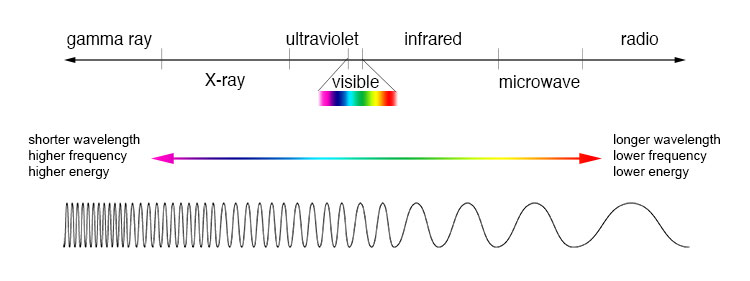 |
| A tarantula found while hiking up the Mogollon Rim in late October, 2018. PC: Jessica Noviello. |
Another fact about spiders is that they have an exoskeleton, a characteristic they share with insects. It's made out of chitin, a similar flexible material similar to the keratin of human fingernails and hair. An exoskeleton is the support system for an insect or arachnid that exists on the outside of its body, keeping all of the squishy parts inside. We humans have an endoskeleton, which is all of our bones. They serve as the base for our muscles, organs, nervous system, and every other system in our body. The way our bodies move is our muscles pull and contract themselves to move tendons and ligaments, which also make our skeletons move. Our movements can be big, like a jump, or small, like picking a piece of lint off of our clothes.
Spiders don't have true muscles because they have exoskeletons. So how do they move?
The answer is that most spiders use a combination of primitive muscles and hydraulic (fluid) pressure, similar to what many powerful machines use to distribute and lift heavy weight in the human world. First I'll explain the muscles. In humans, there are flexor and extensor muscles that make the surround joints open and close, respectively. Spiders only have flexor muscles, which make their joints turn in. This is why spider legs curl inwards when the spider dies.
To make up for the lack of extensor muscles, the spider uses a hydraulic system. The fluid that spiders and other arachnids (and insects too) use is called hemolymph, which is similar to blood in animals with endoskeletons. This hemolymph is mostly made up of a watery plasma, certain chemicals like amino acids, and hemocytes, which are part of a spider's immune system. This hemolymph surrounds the spider's organs outside of any kind of enclosed circulatory system like what we have, and is called an open circulatory system.
 |
| The inside structure of a spider. Used under the Wikimedia Commons License. |
 |
| A female zebra jumping spider. Used under the Wikimedia Commons License. |
Turns out there's a lot to say about how spiders move, which is usually what I discover when I start writing a blog article. Here's a list of fun facts about spiders in general that are guaranteed to shock and inform people at any Halloween party:
1) There are 1,000 named species of tarantula worldwide, and the ones found in the Americas often have hair that is irritating if touched. The hair is used to scare of potential predators and curious humans. Tarantulas from other parts of the world generally have more potent venom in place of hair.
2) As of July 2019, there are over 48,200 spider species named by taxonomists, but how these are classified is still up for debate, as there have been 20+ different classifications proposed since 1900.
3) Spiders legs have seven joints!
 |
| The seven joints of a spider's leg. PC: InfiniteSpider.com/Eky.edu |
5) Almost 1,000 species of spider have been described in the fossil record. The oldest spider found preserved in amber is 130 million years old, and the oldest web fossil (which is a thing?!) is 100 million years old.
6) While most spiders live at most two years (unless killed or eaten, of course), tarantulas can live for decades. There is at least one story of a tarantula even befriending a researcher who visited her burrow for years, which shows they can remember individuals.
7) Female spiders are generally larger and more venomous than male spiders, but it depends on the species. This is an example of sexual dimorphism, where males and females of a species appear physically different.
Sources:
https://www.youtube.com/watch?v=FlKago05Lxg
https://asknature.org/strategy/leg-uses-hydraulics-and-muscle-flex/
https://www.newscientist.com/article/dn9536-how-do-spiders-travel-such-epic-distances/
https://infinitespider.com/spider-legs-work/
https://en.wikipedia.org/wiki/Spider















